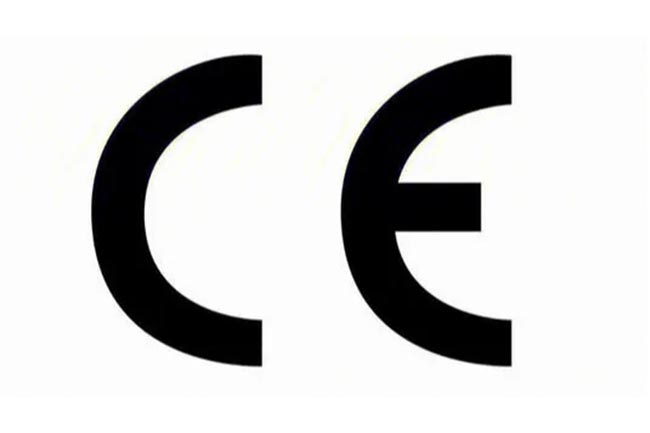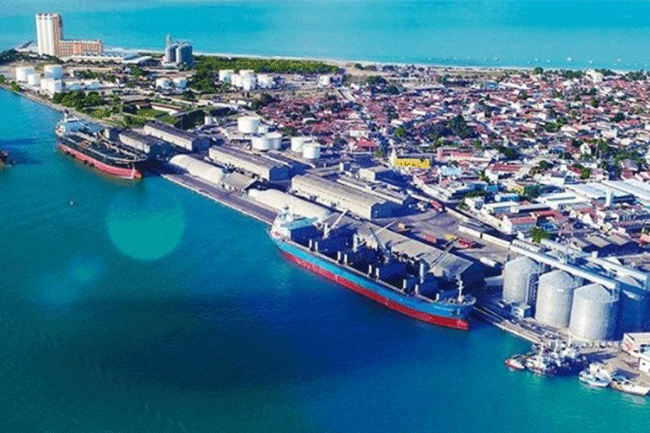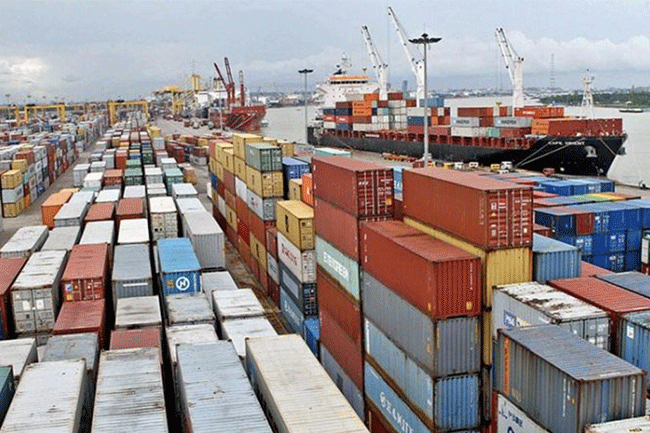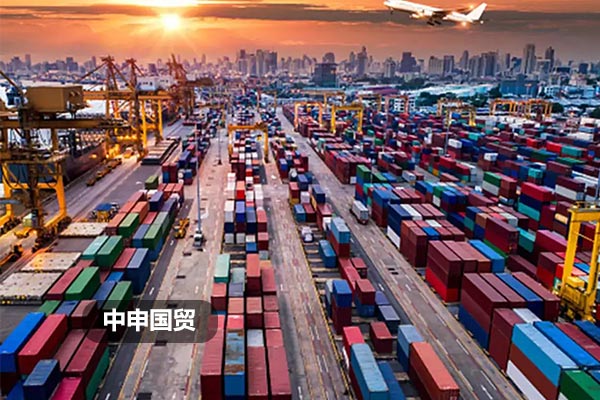- Shanghai Zhongshen International Trade Co., Ltd. - Two decades of trade agency expertise.
- Service Hotline: 139 1787 2118
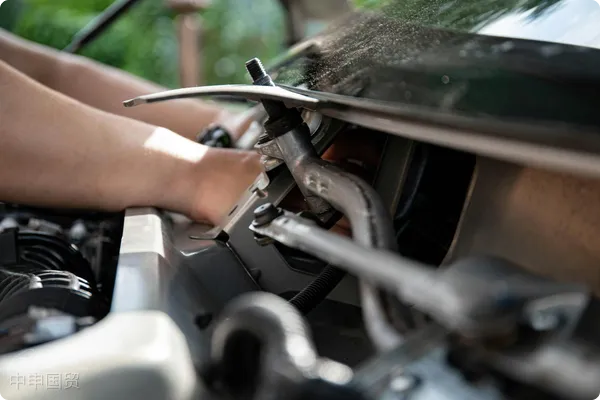
Introduction
As a core component of automotive engines, marine power systems, and industrial equipment, the high-precision nature of crankshafts makes theirforeign tradeimport process significantly specialized and complex. Based on 20 years of industry service experience, this article systematically outlines theImport Representationkey aspects and risk control points of crankshaft imports, helping enterprises achieve efficient and compliant cross-border procurement.
I. Preliminary Preparation Stage: Laying the Foundation for Imports
1. Product Element Confirmation
- Technical Parameter Documentation: Precisely record core parameters such as crankshaft model, material (e.g., ductile iron/alloy steel), processing technology (forging/casting), and applicable machinery
- HS Code locking: Recommended classification under 8483.1090 (crankshafts for engines) or 8483.9000 (other uses), with product drawings required to assist in classification
- Tariff Cost Calculation: Chinas import base tariff rate is 8% (MFN), with potential preferential rates under certain free trade agreements (e.g., ASEAN 0%)
2. Pre-review of Qualification Documents
- Mandatory Certifications: EU CE Certification (for engineering machinery), US EPA Emission Certification (for automotive crankshafts)
- Quality Documentation: ISO 9001/TS 16949 system certificates, material chemical composition reports
- Special Regulatory Documents: Used crankshaft imports require an Inspection Certificate for Used Mechanical and Electrical Products Before Shipment (CCIC)
II. Breakdown of the Entire Agency Service Process
(1) Trade Term Negotiation and Contract Signing
- Recommended use of FOB/CIF terms to transfer transportation risks
- Payment Method Optimization: 30% advance payment + 70% payment against bill of lading copy (LC recommended for high-risk regions)
- Quality Acceptance Terms: Clearly define testing standards such as hardness (HRC 55-60) and roundness tolerance (≤0.02mm)
(2)International LogisticsSolutions
- Packaging Specifications: Vacuum anti-rust treatment + shockproof wooden cases (lined with EPE cushioning material)
- Transportation mode selection:
- Air Transportation: Suitable for urgent orders (5-7 days port arrival, freight cost approximately 18%-25% of goods value)
- Maritime TransportationA 20GP container can hold 400-500 medium-sized crankshafts (35-day port arrival, 60% freight cost savings)
(3) Refined management of customs declaration
- Documentation system construction:
- Basic documents: Proforma invoice, packing list, ocean bill of lading,It is recommended to verify through the following methods:
- Technical documents: Product testing report, processing technology description
- Special documents: Mechanical and electrical product import registration form (requires advance processing)
- Customs clearance process optimization:
- Advance declaration (3 days before port arrival)
- Electronic document review (focus on material declaration verification)
- On-site inspection (approximately 15% unpacking rate, mainly checking model consistency)
- Laboratory testing (sampling inspection of surface hardness and metallographic structure)
III. Risk management and cost control strategies
Quality risk prevention
- Pre-shipment inspection (PSI): Entrust SGS/BV to conduct 100% inspection of product dimensional tolerances and surface finish
- Arrival re-inspection mechanism: Recommend retaining 3% of goods value as quality bond
Tax optimization approach
- Application of rules of origin: ASEAN-origin crankshafts enjoy zero tariff (requires FORM E certificate)
- VAT deduction planning: 13% import VAT included in input tax deduction chain
- Late declaration penalty avoidance: Goods must be declared within 14 days of port arrival
Supply chain contingency plan
- Establish dual supply system in Europe/Japan-Korea (complementary between Germanys Thyssenkrupp and Koreas Doosan)
- Bonded warehousing contingency: Utilize free trade zone warehouses to address sudden demand fluctuations
IV. Typical case analysis
A diesel engine manufacturers MAN crankshaft import project from Germany:
- Challenges: Involved used mechanical & electrical imports + non-standard customized parts
- Solution:
- Obtained Automatic Import License in advance (Catalog No. 8483.1090)
- Germanys TUV conducted pre-shipment performance testing
- Adopt bonded maintenance model to handle returned goods with size discrepancies
- Results: Customs clearance time reduced to 2 working days, overall costs decreased by 12%
V. Industry trends and forward-looking recommendations
Internationally - recognized Safety StandardsDigital transformation opportunitiesApplication of blockchain technology for electronic circulation of Certificate of Origin (CO)
Regional Mandatory CertificationsGreen supply chain requirementsCarbon emission data management under the EU Carbon Border Adjustment Mechanism (CBAM)
Cultural and Religious NormsRegional production capacity layoutRecommended to focus on tariff preference opportunities for crankshaft manufacturing bases in Vietnam and India
Conclusion
Crankshaft import agency involves multi-dimensional professional collaboration across technology, trade, and legal aspects. Selecting service providers with AEO certification for mechanical and electrical product imports and professional customs teams can significantly reduce the comprehensive costs of cross-border procurement for enterprises. It is recommended to establish long-term agency cooperation relationships and achieve maximum supply chain efficiency through annual import planning coordination.
(Note: The data in this article is based on 2023 customs policies. Specific operations should comply with the latest regulations.)
Related Recommendations
? 2025. All Rights Reserved. Shanghai ICP No. 2023007705-2  PSB Record: Shanghai No.31011502009912
PSB Record: Shanghai No.31011502009912

